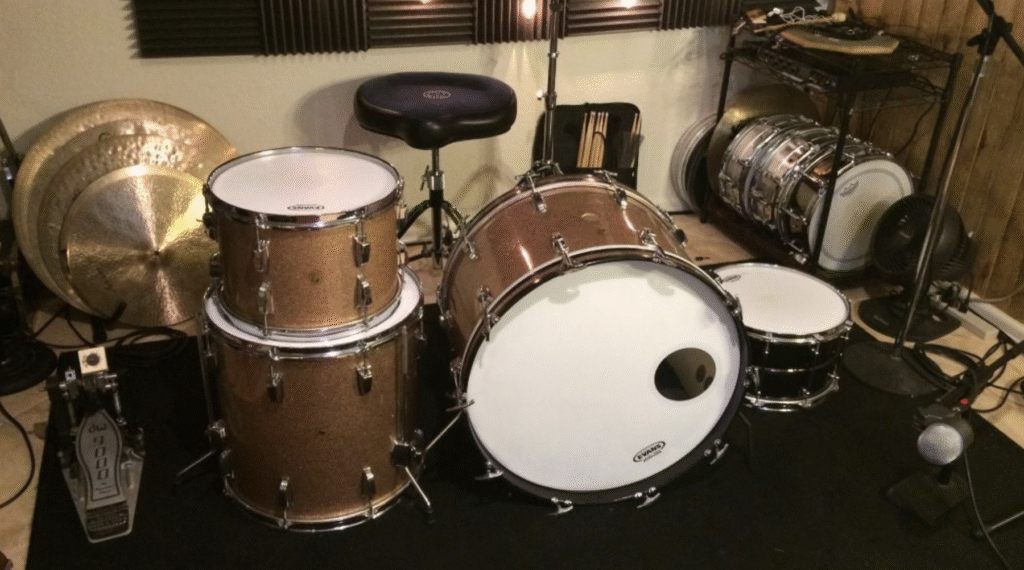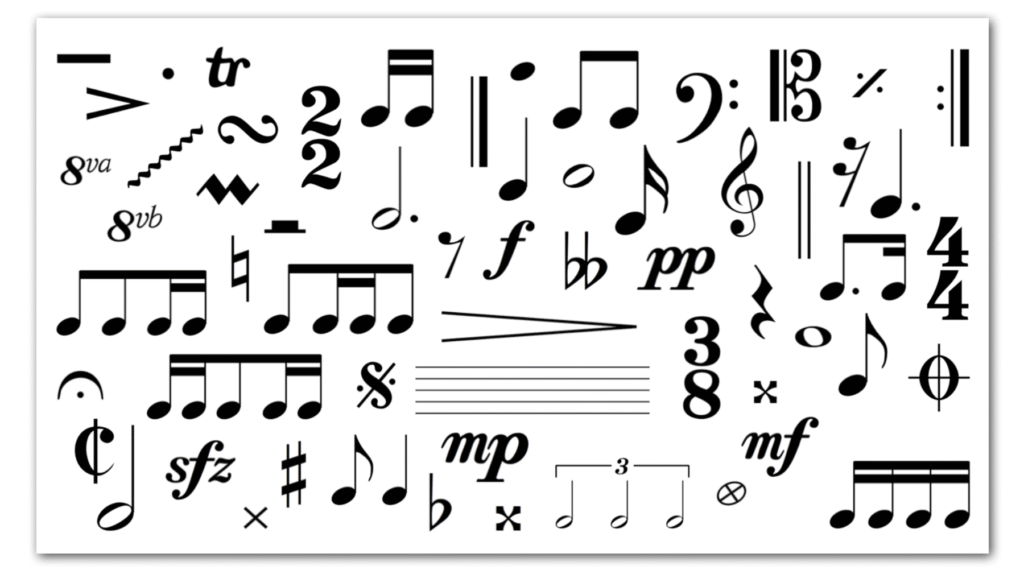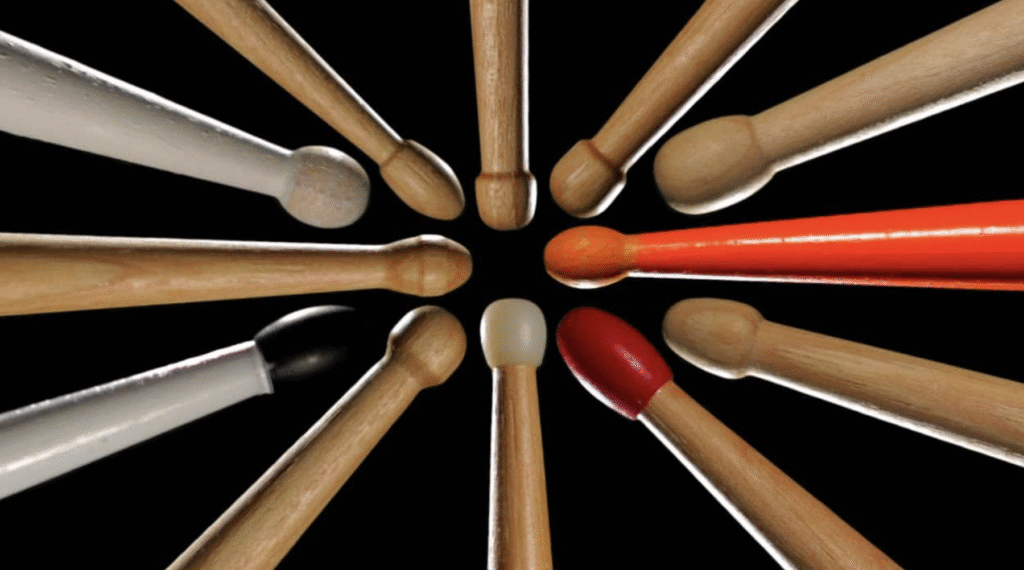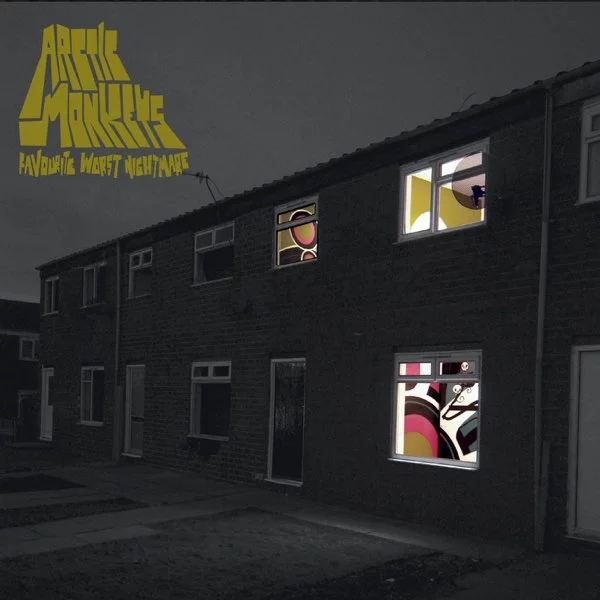What is a Drag Paradiddle?
What is a Drag Paradiddle? It’s a fun and challenging hybrid rudiment that every drummer should explore. This combination of drag and paradiddle creates a unique, flowing pattern that enhances your control, timing, and musical expression.

This is what a Drag Paradiddle looks like written in Drum Music. R= Right Hand, L = Left Hand.
Whether you’re a beginner or an advanced player, learning this rudiment opens up new grooves and fills. Let’s break it down and discover why the drag paradiddle deserves a spot in your practice routine.
Understanding the Basics
Before you dive into the drag paradiddle, you need to know two fundamental rudiments: the drag and the paradiddle.
A drag consists of two quick grace notes followed by a main stroke. It sounds like a soft “buzz” leading into a strong hit. It can be played as a left-hand or right-hand drag, depending on your sticking.
A paradiddle follows a right-left-right-right or left-right-left-left pattern. The key is alternating single and double strokes smoothly. Once you’re comfortable with these, you’re ready to combine them.
Breaking Down the Drag Paradiddle
The drag paradiddle is essentially a paradiddle with a drag inserted before the first stroke. It looks like this (for a right-hand lead):
Drag (L) – R – L – R – R
The left hand plays a drag into the first right-hand stroke, followed by a regular paradiddle. Then repeat, alternating hands.
At slower speeds, you’ll feel the space between the drag and the following notes. As you speed up, the rudiment becomes smoother and more fluid.
Why Should You Learn It?
There are several reasons to practice the drag paradiddle:
-
Improves Control: It sharpens your hand control by focusing on grace note placement.
-
Boosts Timing: It challenges your internal clock, helping you stay tight and clean.
-
Adds Texture: It sounds more musical and dynamic than basic rudiments.
-
Enhances Fills: You can use it to create complex, expressive drum fills.
Whether you play rock, jazz, funk, or marching snare, this rudiment fits in beautifully.
Tips for Practicing the Drag Paradiddle
Learning any new rudiment takes patience. Here are a few tips to help:
1. Slow it down:
Start at a slow tempo. Make sure every note is even and clear. Focus on the drag leading into the first beat.
2. Use a metronome:
This keeps you in time and helps measure your progress as you speed up.
3. Practice on a pad:
A practice pad helps isolate hand technique. Once it feels natural, move to the kit.
4. Switch leads:
Play the rudiment leading with both right and left hands. This builds ambidexterity.
5. Try different accents:
Emphasize different notes in the pattern. You’ll discover new grooves and textures.
6. Record yourself:
Listening back will show where you’re clean—and where you need work.
Applying It to the Drum Kit
Once you’ve got the drag paradiddle down on a pad, take it to the drums. Here’s how:
On the snare:
Start by playing the full rudiment on the snare. Focus on clarity and consistency.
Move around the kit:
Try moving the drag to the hi-hat or toms. Play the double strokes on the floor tom. This adds color to the pattern.
Add bass drum:
Use your foot to play a simple pattern underneath. Start with quarter notes, then explore more complex footwork.
Create fills:
Use the rudiment to make expressive fills. Mix it with other rudiments to build variety.
Common Mistakes to Avoid
It’s easy to fall into a few traps when learning this rudiment. Watch out for these:
-
Rushing the drag: Don’t let the grace notes become full strokes. Keep them soft and tight.
-
Losing form at speed: Focus on technique, even when playing faster.
-
Ignoring the groove: Practice with feel. This rudiment should sound musical, not robotic.
Make It a Daily Habit
Like any skill, consistency is key. Spend 5 to 10 minutes a day on the drag paradiddle. Combine it with other rudiments in your warm-up routine. Over time, it will become second nature.
Use a journal to track your speed, accuracy, and creativity. Celebrate small wins as you go.
Tips
- Practise the Drag and Paradiddle rudiments separately before trying this one
- Follow the sticking carefully – Practise slowly
Final Thoughts
So, what is a drag paradiddle? It’s more than a mouthful—it’s a powerful tool for every drummer. Learning this hybrid rudiment builds technique, creativity, and groove. From stick control to dynamic expression, this drum rudiment opens up a world of rhythmic possibilities.
Ready to take your drumming further? Explore our Drumnuts sheet music and drumming courses for more ways to grow your skills. Keep practicing, stay curious, and let the beats flow.













